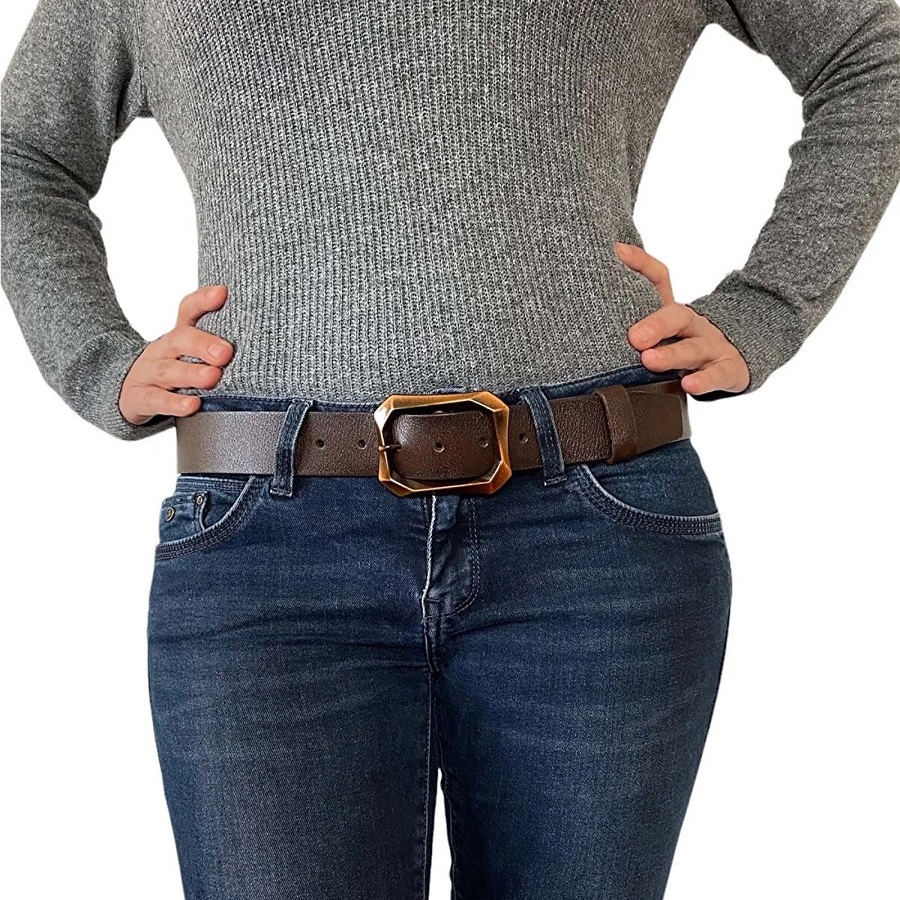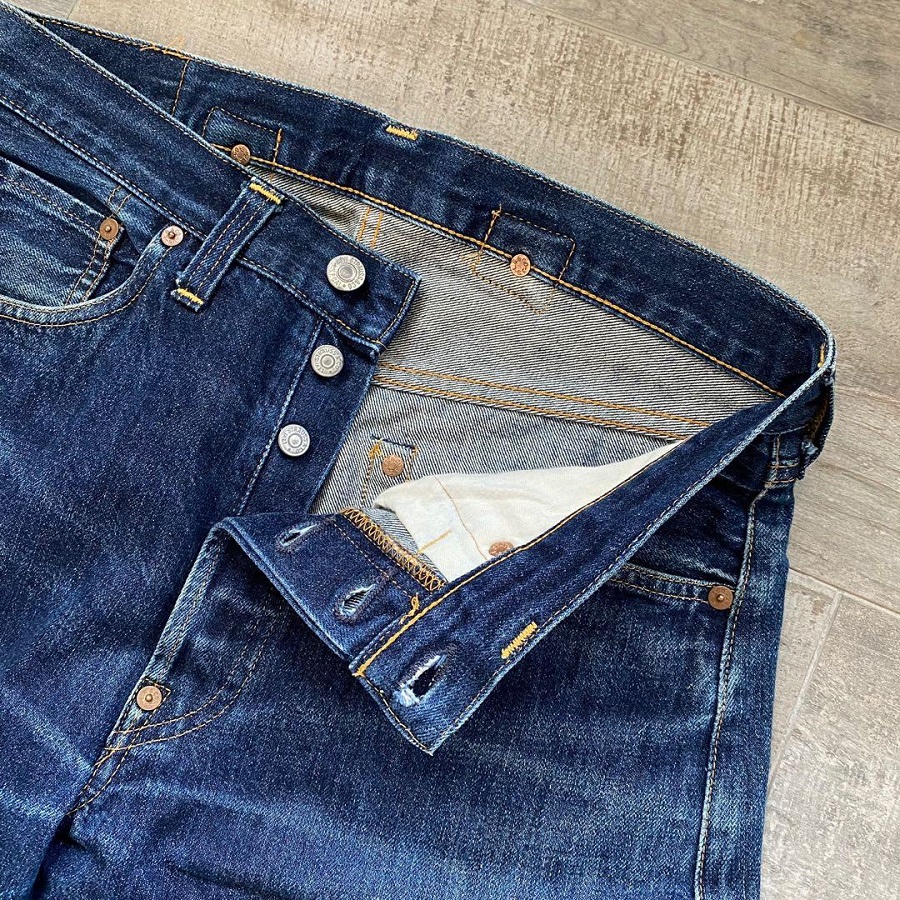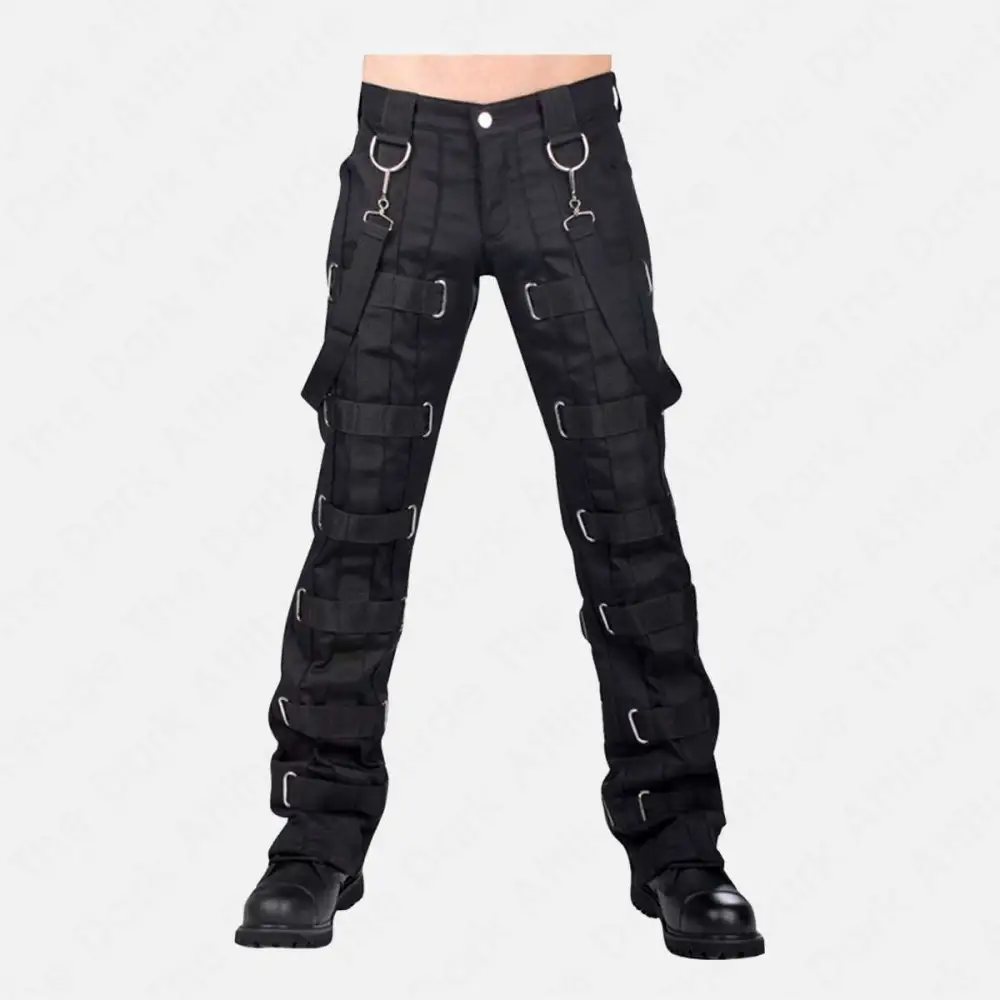Introduction
The world of fashion is notorious for its ever-changing trends, with styles that ebb and flow in popularity. In recent years, one significant trend has emerged and made its mark: buckle jeans. Straddling the line between comfort and style, these jeans have garnered a dedicated following and have made their way from the casual wear category into mainstream fashion. This article delves into the rise of buckle jeans, exploring their history, design elements, the cultural significance behind them, and the reasons for their growing popularity in modern wardrobes.![]()
A Brief History of Buckle Jeans
While jeans have been a staple in wardrobes since their inception in the 19th century as durable workwear, buckle jeans offer a fresh interpretation of this classic garment. The concept of integrating buckles into denim traces back a few decades, but it has recently gained traction in the fashion industry. Initially favored in specific subcultures, such as punk and grunge, the style has diversified over time. Designers began to experiment with various types of buckles—metal, leather, and even decorative options—transforming the functional element of a buckle into an integral part of denim aesthetic.
Design Elements That Make Buckle Jeans Unique
Buckle jeans are characterized by their unique fastening system, which typically replaces or complements the traditional zip and button closure found in standard denim. They offer a range of designs, from understated and minimalist to bold and extravagant. Here are some key elements that contribute to their unique appeal:
- Variety of Styles: Buckle jeans come in various cuts and styles, including skinny, straight-leg, wide-leg, and cropped options. The versatility they offer allows wearers to choose a pair that matches their personal style.
- Unique Fastening: The buckle acts not just as a functional closure but also as a distinctive focal point. Designers creatively incorporate buckles in various ways, leading to innovative designs that capture attention.
- Fabric Choices: While traditionally denim is the fabric of choice, buckle jeans have expanded into other materials, such as corduroy and velvet, appealing to a broader audience and allowing for different seasonal looks.
- Embellishments: Many buckle jeans feature embellishments, such as ripped detailing, studs, or embroidery, that enhance their visual appeal and add an element of edginess.
- Adjustable Fit: Buckles allow for a customizable fit, making these jeans not just stylish but functional. Wearers can adjust the tightness, further enhancing comfort—an essential element in modern fashion.
The Cultural Significance
Buckle jean have resonated with a wide audience due to their cultural significance. They embody a blend of casual comfort and edgy style that reflects contemporary values. As society shifts towards embracing individuality and personal style, buckle jean enable people to express their uniqueness while still aligning with the comfort-seeking mindset of today.
The advent of social media has also played a crucial role in propelling this trend. Influencers and fashion bloggers frequently showcase buckle jean on platforms like Instagram and TikTok, amplifying their visibility and desirability. Moreover, celebrities have been spotted in these jeans, cementing their role in high fashion and broadening their appeal beyond typical streetwear.
The Versatility Factor
One of the standout features of buckle jeans is their versatility. They can easily transition from day to night and are suitable for various occasions—casual outings, parties, or even some workplaces. Here are some styling tips to maximize their potential:
- Casual Chic: Pair buckle jeans with a simple white tee and sneakers for an effortless daytime look. Layer with a denim jacket or oversized cardigan for added comfort.
- Work-Ready: Opt for a tailored blouse and a blazer, pairing it with high-waisted buckle jeans and ankle boots for a polished yet relaxed workplace outfit.
- Evening Glam: For a night out, combine buckle jeans with a fitted crop top or a stylish blouse. Heeled boots or strappy sandals can elevate the look, turning the jeans into a statement piece.
- Mixing Textures: Experiment with various fabrics, such as pairing distressed buckle jeans with a luxurious silk top for an interesting textural contrast.
 The Growing Popularity
The Growing Popularity
So why are buckle jeans gaining traction in modern fashion? The answer lies in a few key trends shaping the contemporary fashion landscape:
- Comfort Over Conformity: As consumers become more conscious of comfort without sacrificing style, buckle jeans offer the perfect solution. Their adjustable nature, combined with stylish designs, meets the needs of individuals seeking wearable luxury.
- Sustainability Awareness: With the rise of the sustainable fashion movement, brands are focusing on sourcing eco-friendly materials. Many buckle jeans are produced by companies committed to ethical practices, appealing to eco-conscious consumers.
- Inclusivity: The fashion industry is more inclusive now than ever before. Buckle jeans cater to a diverse range of body types, allowing individuals to find the right fit and express their style wholeheartedly.
- Personal Expression: With fashion increasingly about individuality, the unique features of buckle jeans allow wearers to express their personalities through fashion choices, embracing uniqueness and authenticity.
The Origins: 1970s and 1980s
The foundations of buckle jeans were laid in the vibrant 1970s, a decade marked by diverse fashion trends that celebrated individuality and self-expression. During this era, the counterculture movement brought about an array of styles that included flared jeans, psychadelic prints, and the emergence of denim as a canvas for creativity. It was a time when comfort met rebellion, and the introduction of waist buckles offered a unique flair that distinguished certain denim designs.
The 1980s saw a radical transformation in fashion, punctuated by bold colors, exaggerated shapes, and an embrace of rock ‘n’ roll aesthetics. Buckle jeans became emblematic of this decade’s eclectic style, often featuring various embellishments like studs and rhinestones. Celebrities and music icons popularized these designs, setting the tone for future generations.
The 1990s: A Grunge Revolution
The 1990s heralded the rise of grunge, alternative rock, and minimalist fashion. With the likes of Nirvana and Pearl Jam taking the music scene by storm, the decade’s aesthetic became marked by an effortless, laid-back style. Buckle jeans adapted to this cultural shift; they were often paired with oversized flannels, band tees, and combat boots.
During this period, the silhouette of buckle jeans transformed, leading to a focus on more relaxed fits. Cargo pockets, wider cuts, and lower rises gained popularity, and buckle accents were often minimal, becoming a subtle nod to the earlier flashy styles. The ’90s proved that buckle jeans could be versatile, blending seamlessly with the burgeoning thrift-store culture and DIY fashion that defined the era.
The 2000s: Bling and Pop Culture Influence
The early 2000s marked a dramatic revival of denim, accompanied by an explosion of embellishments and logos. Buckle jeans became a canvas for personal branding, with fashion brands creating signature lines featuring bold buckles, rhinestones, and intricate stitching. This era saw the emergence of brands like True Religion and Affliction, which leaned heavily into the flashy aesthetics.
Pop culture had a significant influence as celebrities, especially from the realms of hip-hop and reality television, adopted denim as an essential part of their wardrobes. The low-rise trend led many buckle jeans to feature hip-hugging designs, accentuating curves and influencing the body positivity movement. The combination of casual and glamorous highlighted the flexibility of buckle jeans while showcasing the power of celebrity influence in fashion.
The 2010s: Minimalism Meets Streetwear
As society began to embrace inclusivity and comfort, the 2010s witnessed a new chapter for buckle jeans. While high-rise designs and skinny silhouettes dominated the fashion landscape, buckle accents evolved as brands sought to strike a balance between style and comfort. The emergence of streetwear blended urban influences with luxury aesthetics, and buckle jeans became integral to this trend.
Brands reimagined traditional cuts, focusing on innovative designs that still maintained a chic edge. Distressed denim, color-blocked styles, and varied buckle placements emerged as popular features. This decade increasingly highlighted sustainable fashion, prompting ethical brands to use eco-friendly materials and practices that appealed to a conscious consumer base.
The 2020s: A New Era of Fashion Consciousness
Today, buckle jean stand at the intersection of nostalgia and modernity as they continue to adapt to changing fashion landscapes. With an emphasis on environmental consciousness and inclusivity, many contemporary brands prioritize ethically-sourced materials and transparent production practices. Innovations in fit and design cater to a wider array of body types. Leaving behind outdated notions of beauty that once dominated the industry.
The combination of vintage charm. And contemporary aesthetics allows fashion enthusiasts to mix and match styles—pairing buckle jean with oversized blazers. Chunky sneakers, or vintage tees. This hybridization reflects a broader cultural trend where personal expression, sustainability, and progressive ideals merge seamlessly.
 Conclusion
Conclusion
Buckle jeans have swiftly risen to prominence in the world of fashion, transcending their initial niche status. With their combination of comfort, style, and cultural relevance, they are thriving in various contexts. Ranging from casual outings to formal affairs. As they continue to evolve and adapt to the changing landscape of fashion. Buckle jeans will likely remain a staple in wardrobes around the world. Representing a blend of practicality and style that resonates with modern sensibilities. By embracing the charm and versatility of buckle jeans, Fashion enthusiasts can enjoy a trend that celebrates comfort and self-expression—hallmarks of contemporary dressing.
